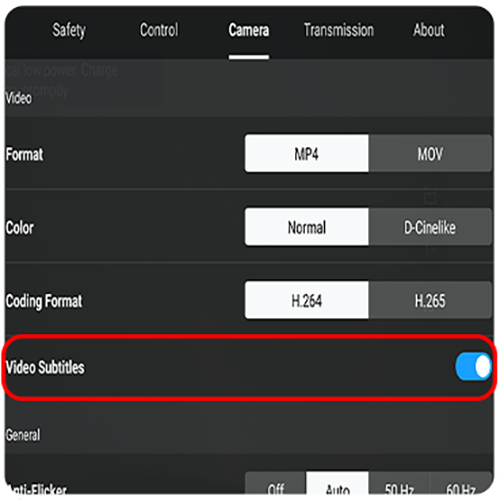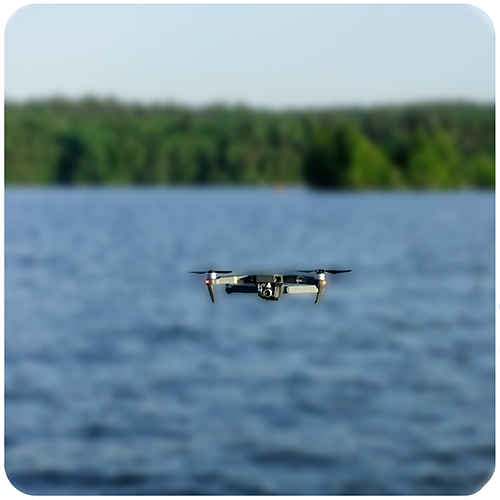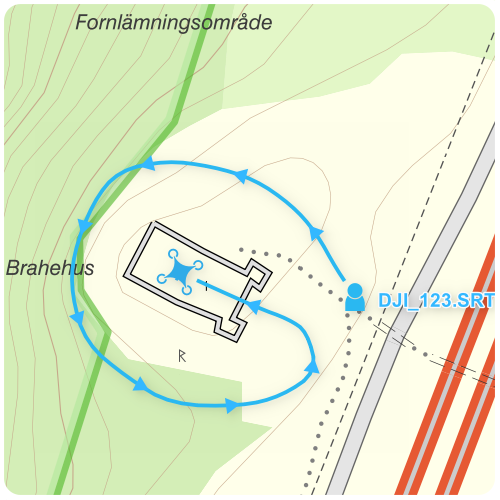
The most important aspect of our review is that we are able to connect your photographs and videos to a location. Consequently, be sure to sort the material by location of where it was depicted. If you have files from different locations, it is a good idea to sort the files into folders named by location.
High resolution material
Send the original files or images in JPG format with the highest resolution of what you wish to distribute. If you send low-resolution photos or films, we will not be able to see important details that could affect the decision. Only the material submitted can be licensed for dissemination.
Make sure your device stores the geographical location inside your files
The application process will go smoother if your material contains information about the geographical location (ge-otagging).
Most of the camera equipped drones have a setting that makes it possible to store information about the geographical location directly inside your videos and images or as metadata files beside the footage (for exam-ple .SRT files for videos).
Make sure that your equipment saves the location infor-mation in your files. You do that by doing the following:
1. Activate video subtitles
Sometimes the functionality to store this information needs to be activated inside the settings before starting the flight, how this is done differs between manufacturers, usually this setting is called Video Captions, Subtitles or Geotagging.
2. Fly your drone
Fly as usual with your drone. Every video that you record will save the GPS-information in a separate subtitle file.
3. After you have made you flight
Attach the SRT-files together with the video-files in your application. From the information in the SRT-files we can get an exact location about the flying route, which will help us in reviewing the material.
If your equipment does not have this setting, you can cap-ture a photo of the area you are filming and attach it with your material. As photos are usually geotagged by default on most camera equipped drones.



You may need to compress your files
Lantmäteriet's file transfer service works best if the files are at most 5 GB/file and each total upload is maximum 50 GB or up to 1000 files. If you have more or larger files than the above, you may need to split or compress your material. Avoid compressing if the material does not reach these volumes.
If the amount of data is very large, the material may instead be saved on an external storage medium and sent in by traceable shipping.
Tutorial for LiDAR data and large amounts of image material
If it´s LiDAR-data.
If there are large amounts of image material.
